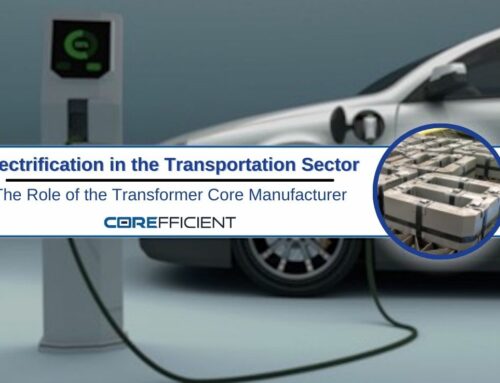
Solar power is the most abundant source of energy on the planet. It has become a popular choice for consumers because it’s more cost effective than fossil fuels, it’s renewable and clean, and it’s the fastest energy source to deploy. This is a constantly growing field of research, and the industry is important to understand because it affects us all. In this article we have listed some of the major shifts in solar energy research and ideas of what the future will look like.
1.) Solar Panel Alternatives
When we think of solar energy, we probably all get the same image in our head: the quintessential silver, rectangular panels on rooftops. While there are many advantages to using solar energy, it has historically been very expensive to install solar panels. Recently, newly invented alternatives to solar panels have been introduced to consumers.
Solar paint is a paint you can apply to any surface and it will then capture the energy from the sun and transform it into electricity. Billions of light sensitive chemicals are suspended inside this photovoltaic paint, and they capture the energy of the sun. Presently, solar paint is limited to university research centers and chemistry labs where researchers are working to ensure that it is safe and as energy efficient as solar panels. While solar paint is not yet a commercially viable, market-ready product, its promise of a cheaper and easier solar energy install will surely entice consumers.
Solar windows look like ordinary windows with a special tint, but that tint converts sunlight to electricity. They have the technology to “switch” with temperature fluctuations, meaning, they can switch to the tinted state only when the temperature increases. Although solar windows are not as energy efficient as solar panels, the technology is rapidly growing. Like solar paint, solar windows are a good alternative for those that don’t have the means to install solar panels.
The list of emergent alternatives to solar panels seem endless. In addition to solar paint and solar windows there are: solar lights, solar tunnels, solar ovens, solar air conditioning, solar water heater, and even solar balloons! With its rapid pace of expansion and perpetual evolution, alternatives to solar panels will probably only grow in number and become cheaper and easier to apply/install.
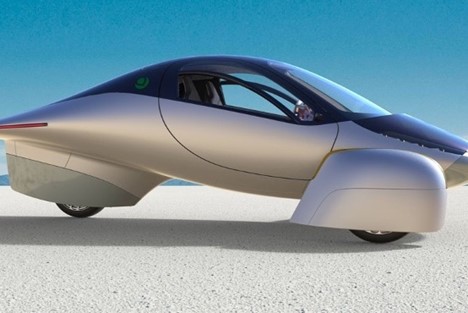
2.) Transportation
In February of 2021, Apera Motors introduced the first solar-powered car to the marketplace. According to the Washington Post, “[i]t’s a three-wheel, ultra-aerodynamic electric vehicle covered in 34 square feet of solar cells. The car is so efficient that, on a clear day, those cells alone could provide enough energy to drive about 40 miles — more than twice the distance of the average American’s commute.” The solar-powered car works similarly to a hybrid car — the car has solar panels from which it draws energy, but it is also electric. Currently, in order to function solely on solar energy, the car needs a solar panel the size of a semi-truck. Apera isn’t the only company manufacturing and researching the solar power car, and with the rate of expansion in renewable energy, soon enough, the car won’t need a solar panel at all, just a fresh coat of solar paint and perhaps some solar windows.
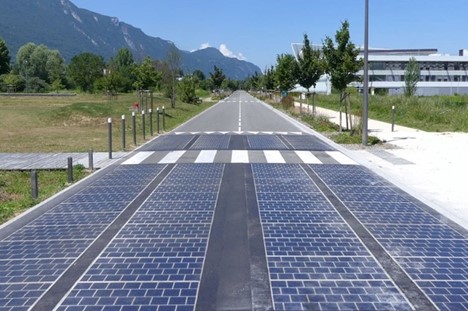
Several countries, including the U.S., have invested in solar road initiatives. Solar roads are constructed with solar panels that create a drivable surface. There are certain problems that arise with this type of complicated engineering project. While solar panels are incredibly strong, they aren’t exactly stable or durable, and they don’t have good traction — all things that we need to keep our roads safe. But scientists aren’t abandoning this undertaking just yet. Why not? With the sheer length of our roadway systems, installing solar-paneled roads would generate enough electricity for an entire city, not to mention they would provide a cheap and easy alternative to lighting the roads!
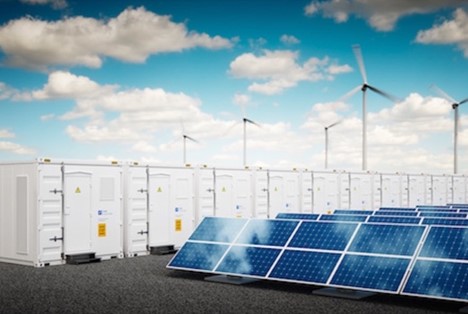
Currently, electricity is largely a “use it or lose it” type resource — once it has been generated by a solar PV system (or any type of fuel source), the electricity goes onto the grid and must be used immediately, or it will be lost. Solar PV systems are only meeting electrical demands for a part of the day (the part of the day that the sun is shining), thus excess electricity is wasted. The batteries that can store this energy are inefficient. They’re also expensive and have a short shelf life, making them not the most attractive options for utility companies and consumers. But like all the other advances in this science, scientists are working toward a solution to store our excess generated power for later use!
Molten salt storage technology. By using heat transfer fluid rather than oils (as is common in most storage systems), this type of solar storage uses inorganic salts to transfer energy generated by solar PV systems into solar thermal. This development enables solar plants to operate at temperatures over 500 degrees Celsius, which would result in a much higher power output. Using molten salt storage as a means of solar energy storage significantly reduces the cost to store solar energy, and utility companies could finally use solar power plants as base load plants rather than to meet peak demand during prime daylight hours.
Solar panel with built-in battery. Funded by the U.S. Department of Energy, Ohio State University researchers recently announced that they created a solar panel with a built-in battery that is 20% more efficient and 25% cheaper than anything on the market today. The secret to the design is that the rechargeable battery is built into the solar panel itself, rather than operating as two standalone systems. By conjoining the two into one system, scientists said they could lower costs by 25% compared to existing products.
Solar energy storage options, like alternatives to solar panels, is a rapidly growing field of study and innovation. In addition to molten salt storage and solar panels with built-in batteries, there are a variety of other solar energy storage options, including:
- Compressed air storage
- Pumped storage hydroelectricity
- Advanced rail energy storage
- Flywheel energy storage
- Liquid air energy storage
- Superconducting magnetic energy storage
- Methane
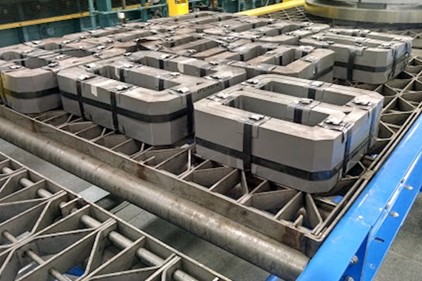
A successful business thrives on constant innovation, and, just like the ever-changing field of solar energy, at Corefficient, we are constantly innovating our electrical transformer cores to be energy efficient, cost effective, and low-risk to the environment. Our understanding of current environmental challenges has allowed us to grow in a direction of efficiency and minimization of energy losses during electrical transferal with energy efficient cores.
Reduce energy loss in transformer cores – Corefficient builds green, electrical transformer cores that improve efficiency while reducing costs.
Testing – In order to create higher efficiency cores, Corefficient tests its materials during every stage of the manufacturing process. From the moment they enter the plants as raw material, to their final stages in becoming DG wound cores, Corefficient tests material for magnetic flux, permeability, surface insulation resistance, and consistent widths and thicknesses.
Quality control – Corefficient has quality control laboratories within the production plants, resulting in higher efficiency materials, the implementation of thinner or domain-refined materials, and an improved cooling medium which minimizes energy loss.
The best way to reduce transformer energy loss is to choose Corefficient’s energy efficient core.
More About Corefficient – Based out of Monterrey, Mexico, Corefficient designs, manufactures, and markets energy efficient electrical cores which are a major component used in the manufacture of dry-type and liquid-filled transformers. We ensure consistent delivery and exceptional service, and the company looks forward to building a new legacy of value to the core. If you’re in the market for innovative transformer core products to meet growing energy standards, contact Corefficient’s sales engineer today at: 1 (704) 236-2510.

